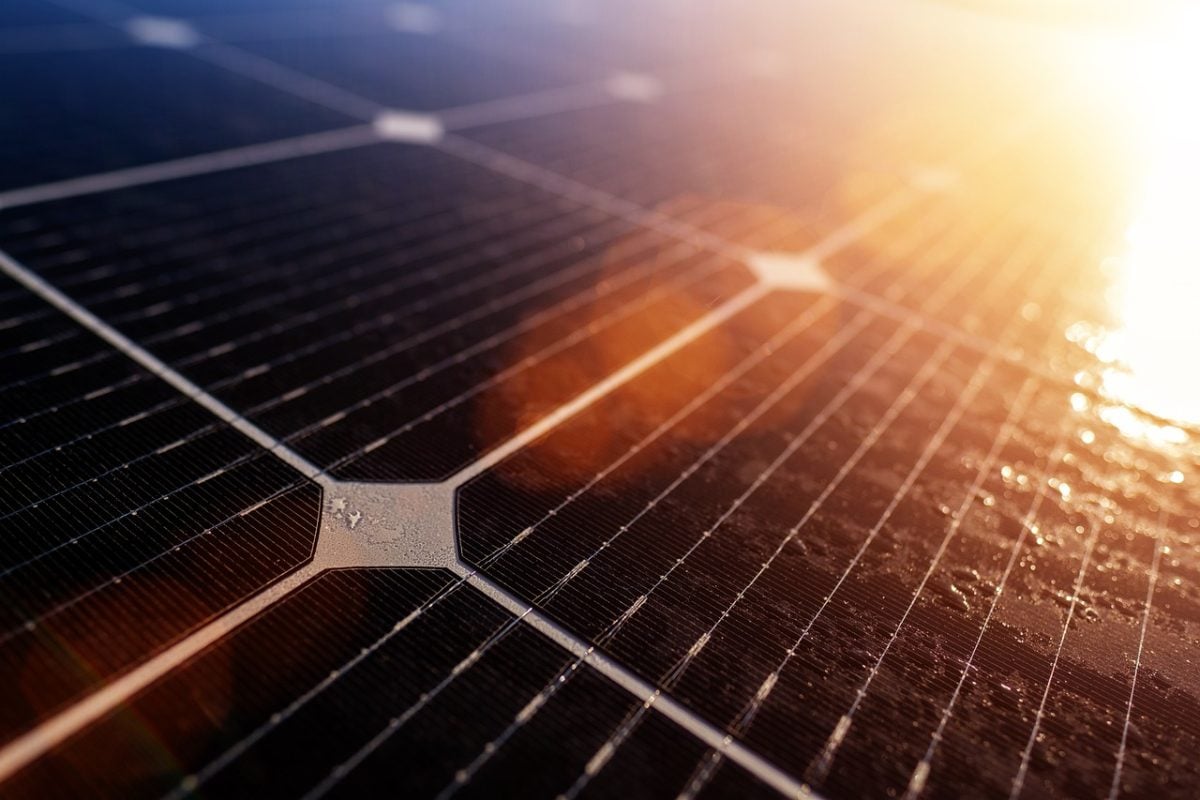Daily News
Japan To Use Bendy Solar Panels In Energy Transition

Next generation solar panels, which are thin and bendable, will play a crucial role in Japan’s efforts to increase levels of renewable energy in the years to come. The solar panels are made from perovskite, dubbed a ‘miracle material,’ which promises to vastly improve solar cell efficiency in comparison to standard silicon cells. Tests have shown that perovskite cells provide a 43% efficiency limit vs 29% for silicon cells.
Solar energy has been an important part of Japan’s energy mix since the Fukushima nuclear accident in 2011; it now accounts for around 10% of the country’s power. The Japanese government estimates that these new panels will generate the equivalent energy of 20 nuclear reactors. It is hoped that they will add 20 gigawatts of renewable energy to the country’s grid by 2040.
The flexibility of these perovskite cells also solves issues surrounding available space for solar panels as it opens up opportunities to use them in less conventional places, including car roofs and curved skyscraper windows.
You can read more about the ‘miracle material’ perovskite and its uses in the Institute’s article: A Revolution in Solar Power – Perovskite Solar Cells. Find out about the benefits and challenges of the material, plus what our resident solar expert has to say about perovskite here.
Source:
https://www.independent.co.uk/tech/solar-perovskite-nuclear-renewable-energy-japan-b2657484.html
